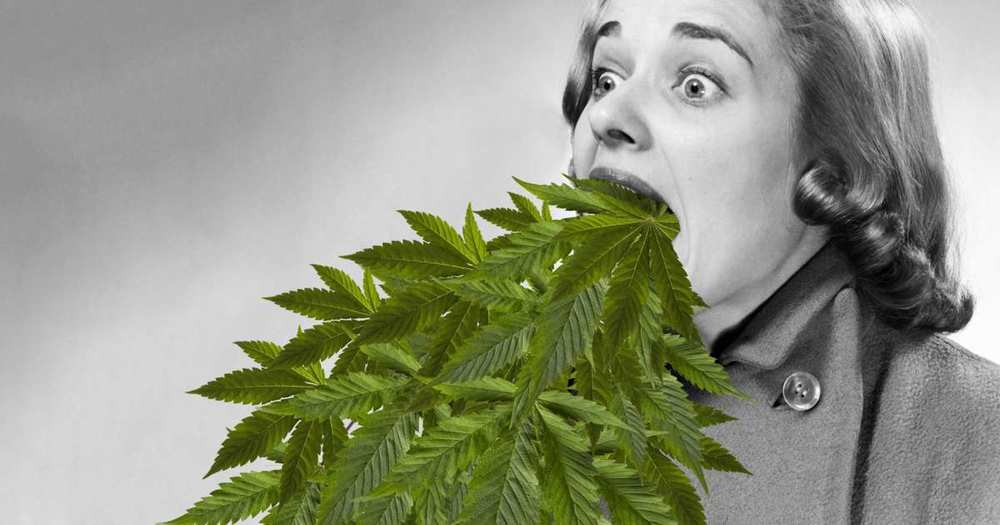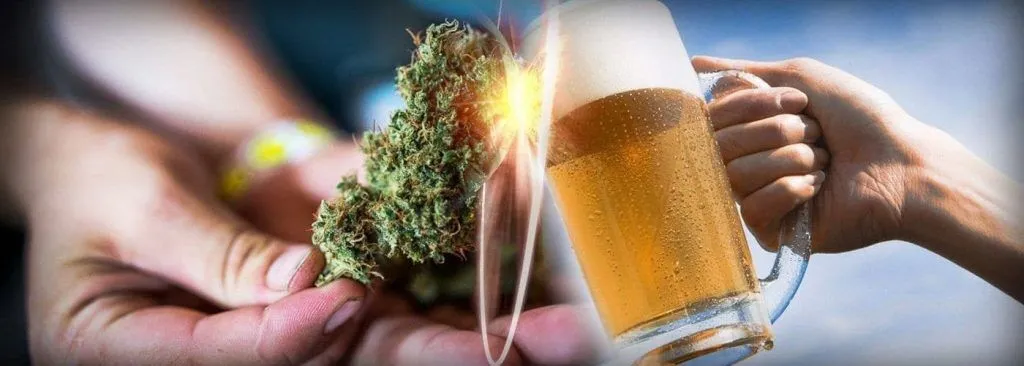
Looking Beyond Indica, Sativa, Hybrid
Every cannabis consumer from beginner to expert is acquainted to some extent with the Indica/Sativa/Hybrid labels. As the cannabis industry has grown and dispensaries for many of us have become as familiar as your local corner store, these labels have emerged as the foremost deciding factor for most consumers when choosing what to smoke.
Conventional wisdom, echoed by both the industry and consumers, suggests that Indica strains are relaxing and sedating, sativa strains are energizing and mentally stimulating, and Hybrid effects fall somewhere in between.
Why have these labels come to dominate the way we categorize cannabis? How effective are they and where can we look when they fail to help us find what we want in our cannabis?
Labels are simple, but aren’t always accurate
Indica and Sativa are general botanical categories meant to describe the geographical origins of the genetics and their corresponding physiology. Sativas come from generally hotter, wetter climates, while Indicas come from colder climates with shorter growing seasons. As a result, Sativas usually have taller, thinner bodies with longer thinner leaves and Indicas usually have shorter, fuller bodies with shorter, wider leaves. It follows that a hybrid plant would have characteristics that are a mix of these two.
These two terms have come to be used to understand the effects of cannabis flower because the effects traditionally associated with Indicas and Sativas track somewhat consistently with the plant’s genetics.
However, it is not perfectly effective, especially when you veer into the territory of hybrids. One big issue arises when discussing hybrids. The vast majority of strains we come across today are hybrids. Pure Indicas and pure Sativas are quite rare on the market. Because of this, whether most strains are labeled as Indica, Sativa, or Hybrid comes down to social consensus.
For example, if you have a strain that is 60% Indica and 40% Sativa, that strain could be labeled as an Indica or a Hybrid. There is no scientifically defined threshold for when a strain crosses into either side. Many have taken to labeling a strain such as this an “Indica Dominant Hybrid”. This can lead to even more confusion because that strain can very likely give you effects that are not traditionally associated with Indica strains.
At the end of the day, these terms have gained traction specifically because they are reductive and simple. They certainly have some value, but as the cannabis industry evolves along with consumers, so must the way we understand the effects from these products. Many parallels have been drawn to the standardized way we label nutrition facts on food packaging. While most of us take for granted how basic a thing this is, it was not always the way we understood food nutrition. This same push must be made for cannabis.

So what do we look to if not the indica/sativa/hybrid labels?
We don’t have a perfect answer for that yet either, but we know where to start. It starts with cannabinoids and terpenes. These are the main compounds found in cannabis that are responsible for the vast array of psychoactive effects.
We have a basic understanding of how these compounds affect us psychoactively, but we are learning evermore how complex and nuanced the dynamic between these compounds and our brain chemistry is.
Terpenes and cannabinoids compliment, augment, and change the effects we get through something called the “Entourage Effect”. This is something we know plays a huge role, but we don’t fully understand how. Part of the reason we don’t is because of the long history of cannabis prohibition.
Along with the prohibition of the sale and consumption of cannabis, academic research on cannabis and its effects has also been heavily restricted.
Understanding cannabinoids and terpenes
With all of this in mind, the goal we should aim for is to achieve a better understanding of how cannabinoids and terpenes combine to create differing effects. We are already heading in the right direction in many ways.
More and more cannabis growers are starting to include terpene test data on their packaging, and there are plenty of budtenders out there starting to talk about strains in terms of their terpene and cannabinoid profiles. There is also a growing amount of information on online cannabis blogs, backed by an increasing amount of university studies on cannabis as restrictions on research are eased.
Stay tuned for our upcoming post on cannabinoids and terpenes that will dive deeper into the known effects of these compounds and how we can use this knowledge to become more empowered consumers.

